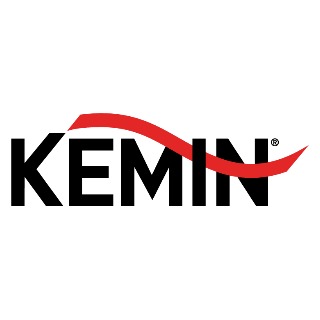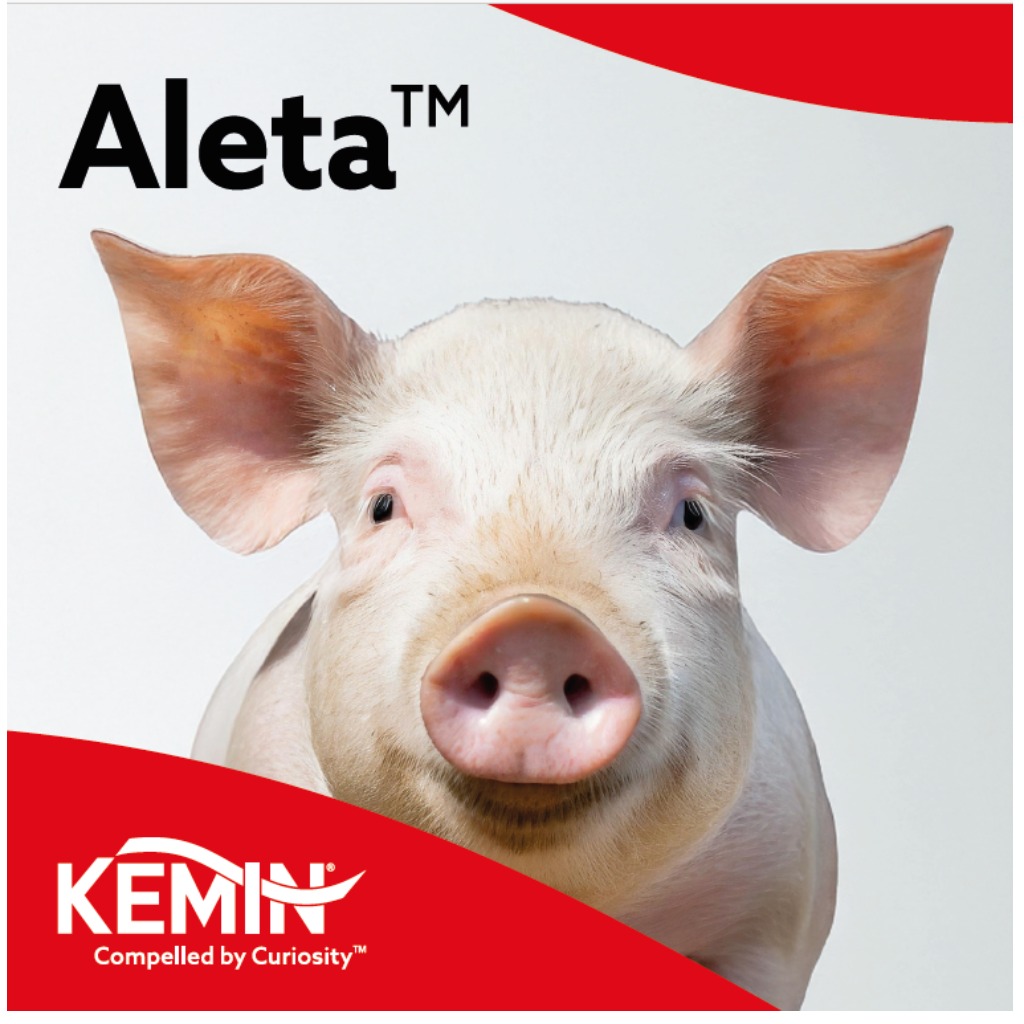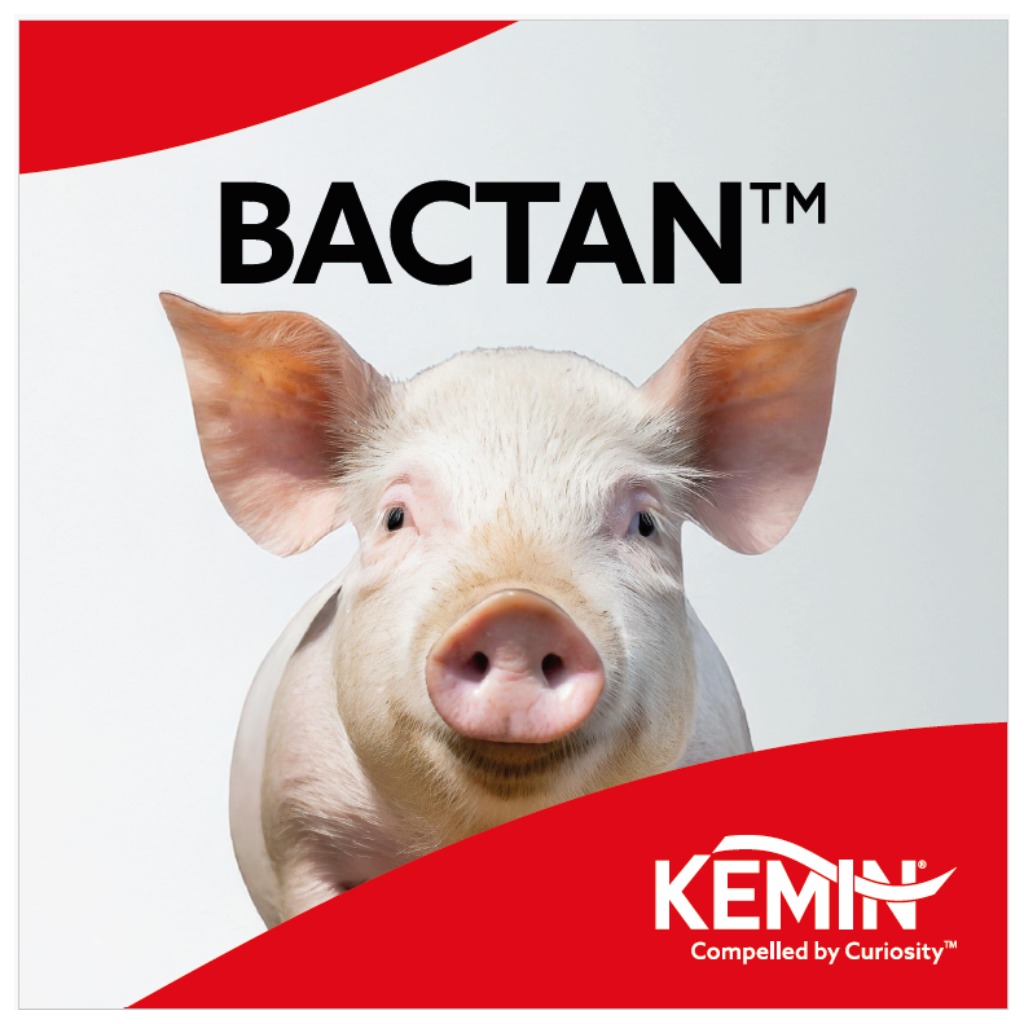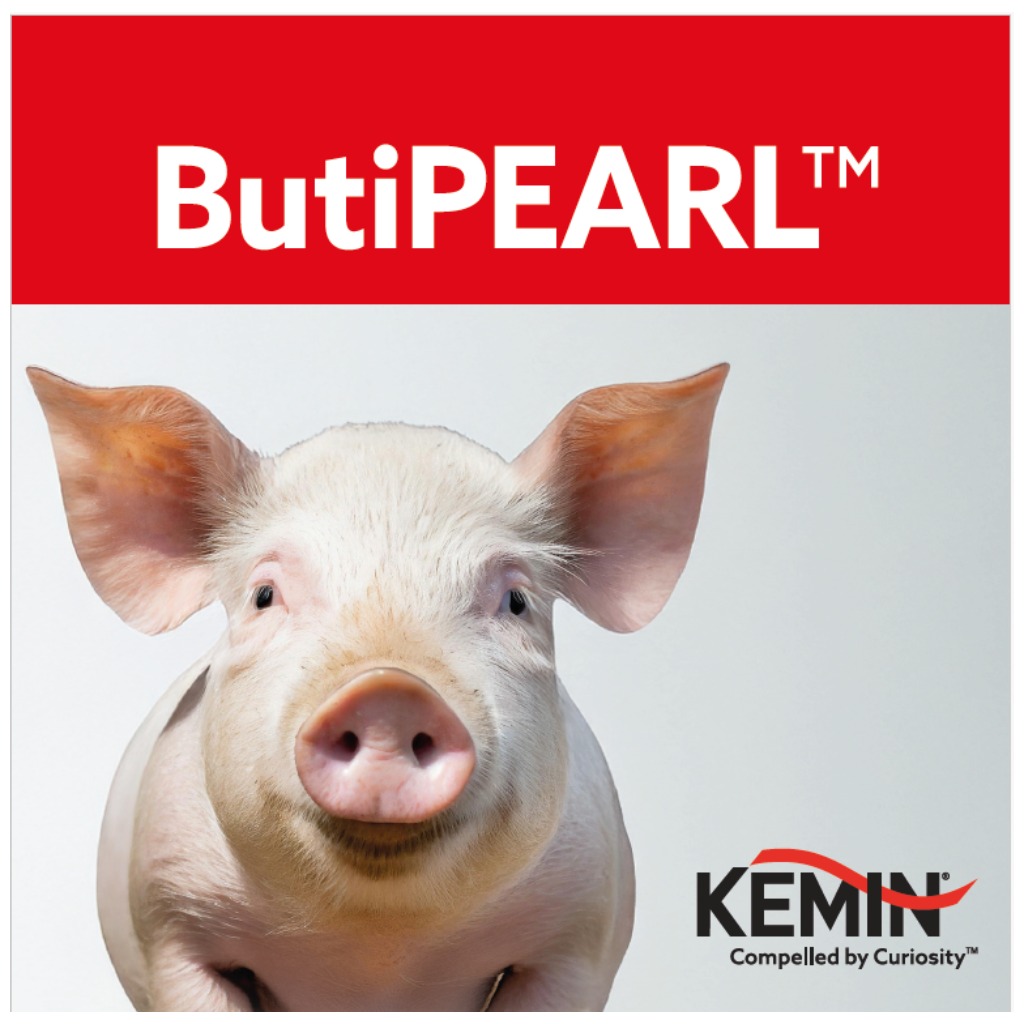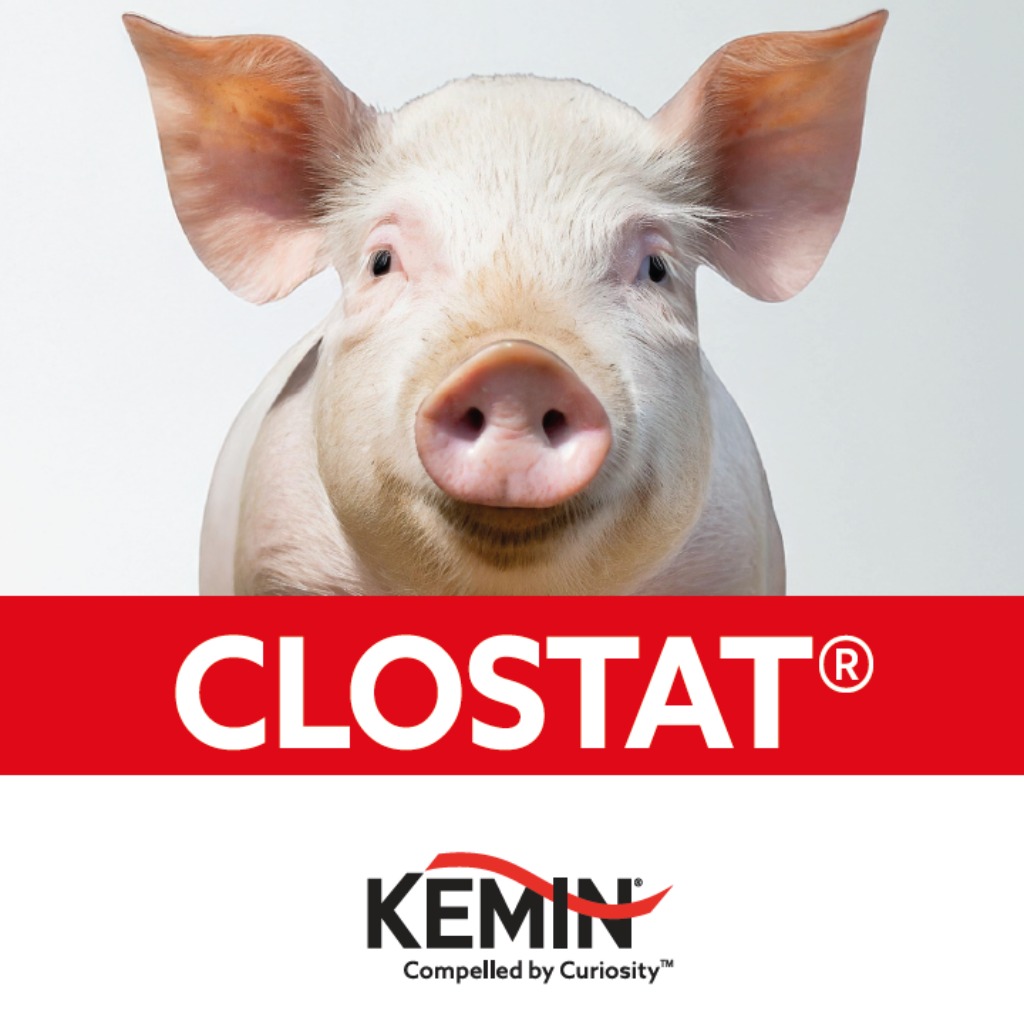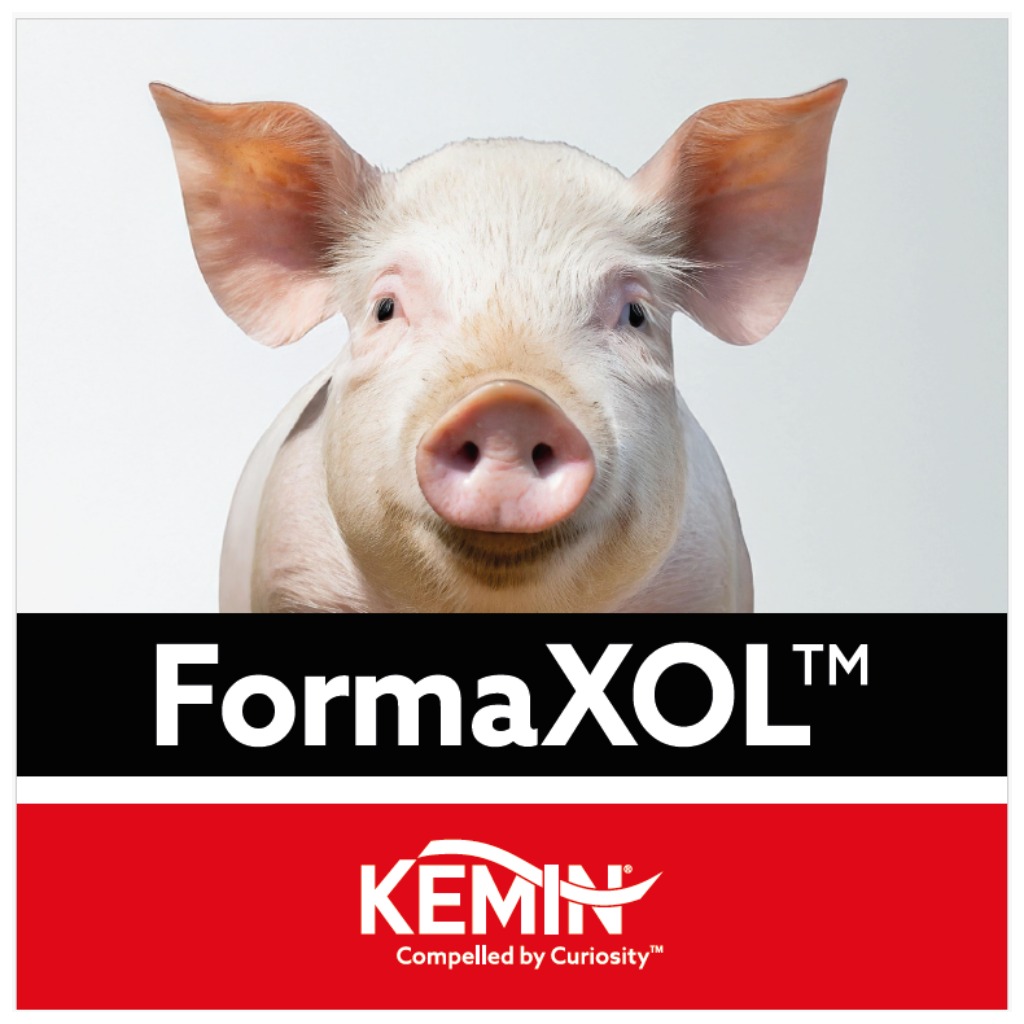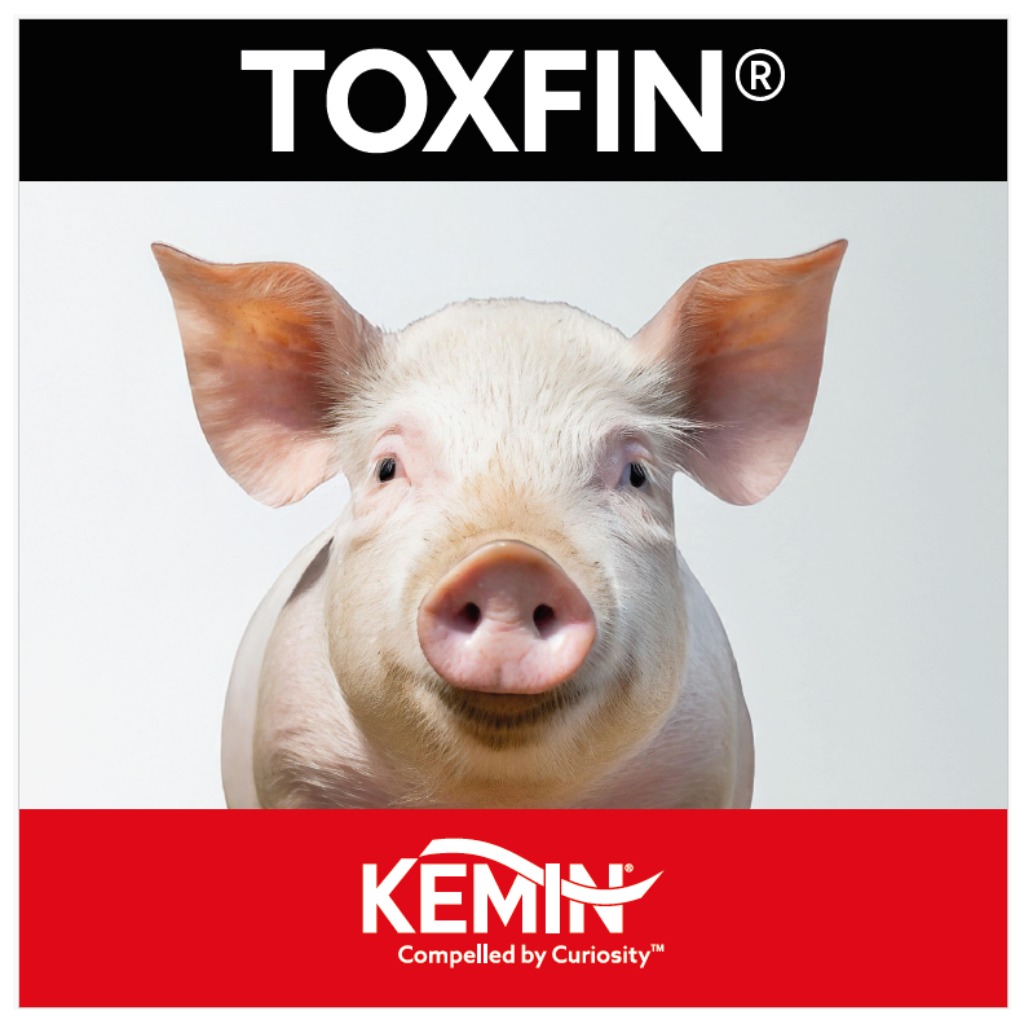Digestibility vs. Absorption: Understanding Nutrient Utilization in Pigs
 Optimizing nutrient utilization is central to efficient pig production. Two fundamental processes - digestibility and absorption - play critical roles in determining how effectively pigs extract and use nutrients from feed. While closely linked, these processes are distinct and understanding their differences is essential for nutritionists and producers aiming to improve performance and profitability.
Optimizing nutrient utilization is central to efficient pig production. Two fundamental processes - digestibility and absorption - play critical roles in determining how effectively pigs extract and use nutrients from feed. While closely linked, these processes are distinct and understanding their differences is essential for nutritionists and producers aiming to improve performance and profitability.
Digestibility refers to the extent to which a nutrient can be broken down into smaller, absorbable units by the digestive system. It involves the chemical and enzymatic breakdown of complex food components (like carbohydrates, proteins, and fats) into simpler compounds that can be absorbed. The measure of digestibility indicates how much of a nutrient in a food source is accessible for absorption after digestion.
For example:
• Proteins are broken down into amino acids.
• Complex carbohydrates are broken down into simple sugars.
• Fats are broken down into fatty acids and glycerol.
The digestibility percentage is often measured by the proportion of a nutrient that is broken down and remains in the digestive tract versus what is excreted.
Digestibility is influenced by overall feed composition, particle size, feed additive supplementation, and the physiological status of the animal. For example, fats with high levels of free fatty acids (FFA) or impurities may show reduced digestibility due to poor emulsification and enzyme access.
Absorption, on the other hand, is the transfer of digested nutrients across the intestinal wall into the bloodstream or lymphatic system, which then carries them to cells throughout the body. Once nutrients are digested into absorbable units - such as amino acids, monosaccharides, fatty acids, and minerals - they must cross the intestinal epithelium to enter systemic circulation. This occurs through several transport mechanisms:
- Passive (simple) diffusion allows small, non-polar molecules like free fatty acids and monoglycerides to move across membranes without energy input. Because they are lipid-soluble, they can pass directly through the lipid bilayer of the cell membrane without the need for specific transport proteins, which distinguishes simple diffusion from facilitated diffusion.
- Facilitated (carrier-mediated) diffusion uses specific carrier proteins to transport nutrients that are not lipid-soluble (like fructose or certain ions) to help them cross the cell membrane.
- Active transport is the movement of molecules across a cell membrane from a region of their lower concentration to a region of their higher concentration in the direction against some gradient or other obstructing factor (often a concentration gradient). It is energy-dependent and crucial for absorbing glucose, amino acids, and certain minerals (e.g., calcium, phosphorus) against their concentration gradients.
- Endocytosis is less common but important for absorbing large molecules like immunoglobulins in neonatal pigs.
Not all digested nutrients are absorbed; some might be eliminated if they aren't needed or if their absorption is blocked by other factors. The efficiency of absorption depends on factors such as:
• The health of the digestive tract lining.
• Presence of other substances (e.g., fiber can interfere with mineral absorption) or competition among nutrients
• Physiological needs (some nutrients are absorbed more readily if the body needs them).
The interrelation between digestibility and absorption is crucial. High digestibility doesn’t always guarantee high absorption, as factors like gut health, nutrient interactions, and transport mechanisms play significant roles in the absorption phase. For instance, certain fats may be well digested but poorly absorbed if bile secretion is inadequate or if the intestinal villi are compromised. Conversely, some nutrients may be absorbed passively even if digestion is incomplete.
Understanding these dynamics allows for targeted interventions to enhance both digestibility and absorption, especially in young pigs, lactating sows or during dietary transitions. Monitoring endogenous losses and optimizing feed formulation to reduce anti-nutritional factors also contribute to better nutrient uptake.
In conclusion, digestibility and absorption are distinct yet interdependent processes that determine nutrient efficiency in pigs. Addressing both through smart nutrition strategies is key to unlocking performance and maximizing return on investment.
Contact:
Contact us using the following form.

